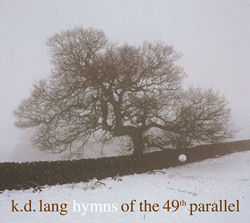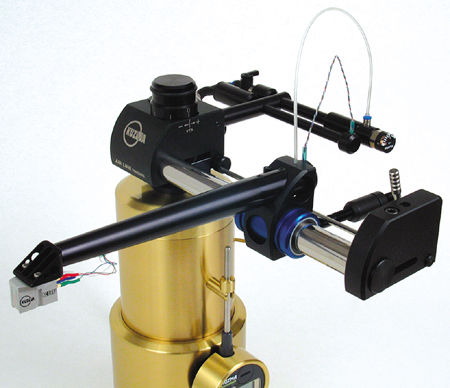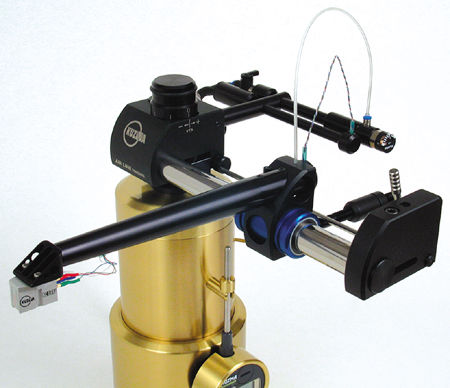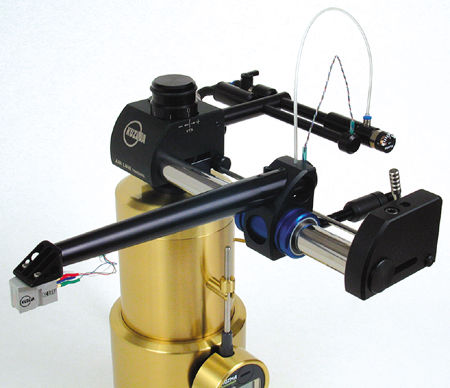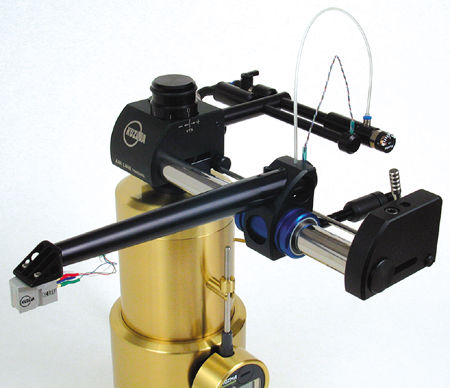Added to the Archives This Week
Added to the Archives This Week
- Read more about Added to the Archives This Week
- Log in or register to post comments
The record companies have agreed to create a new format called <A HREF="http://www.stereophile.com/news/080904dualdisc/" TARGET=NEW>DualDisc</A> to allow a CD on one side and a DVD video or audio program on the other. What do you think of the idea?
